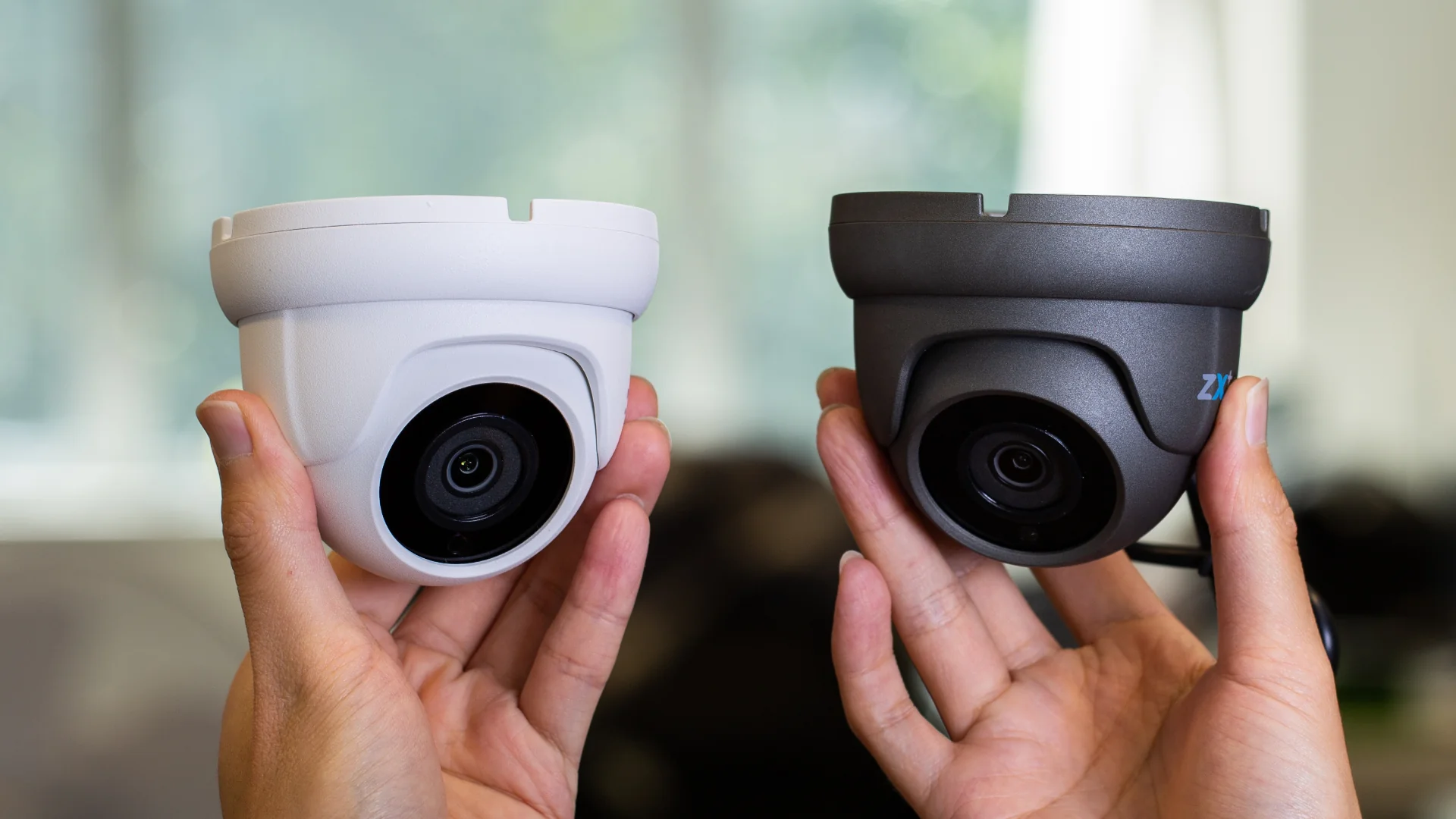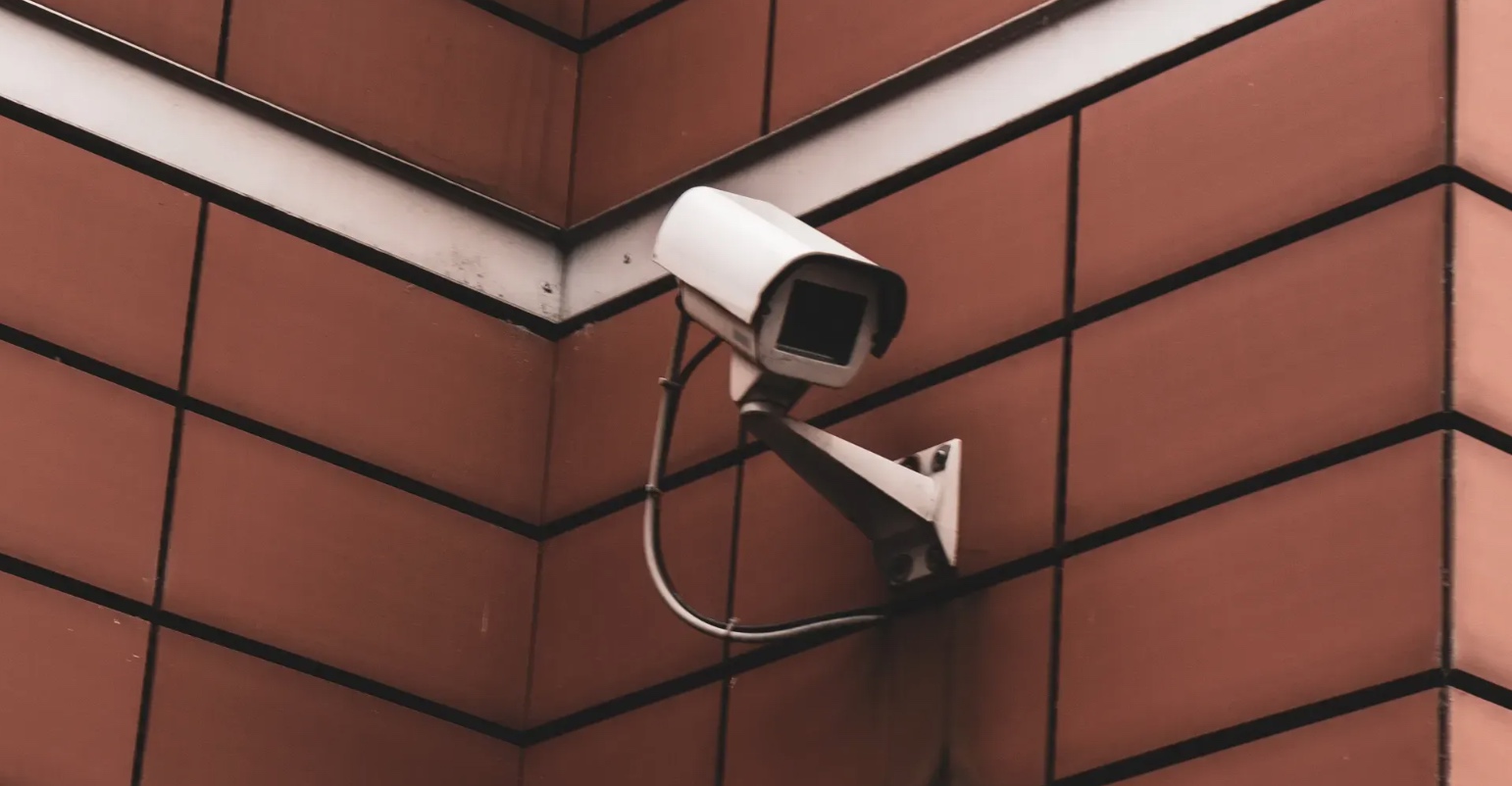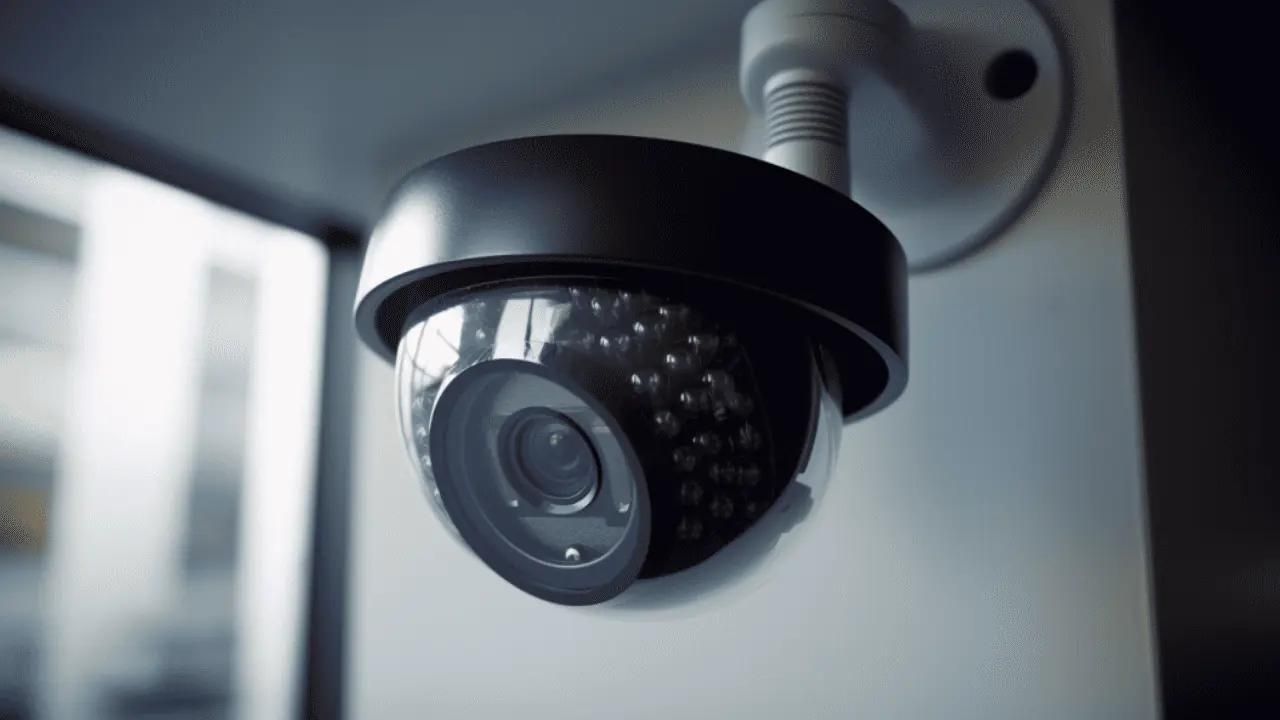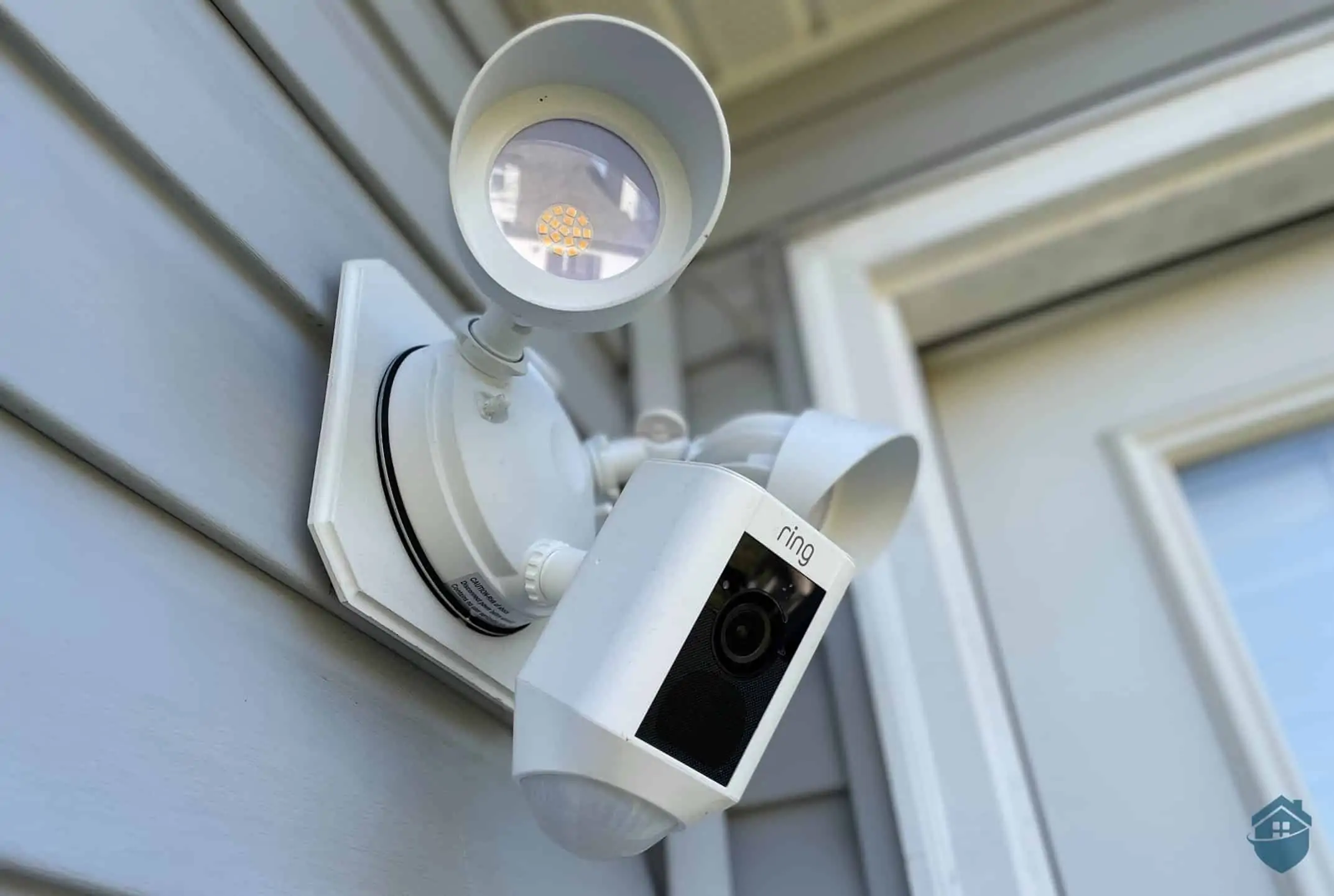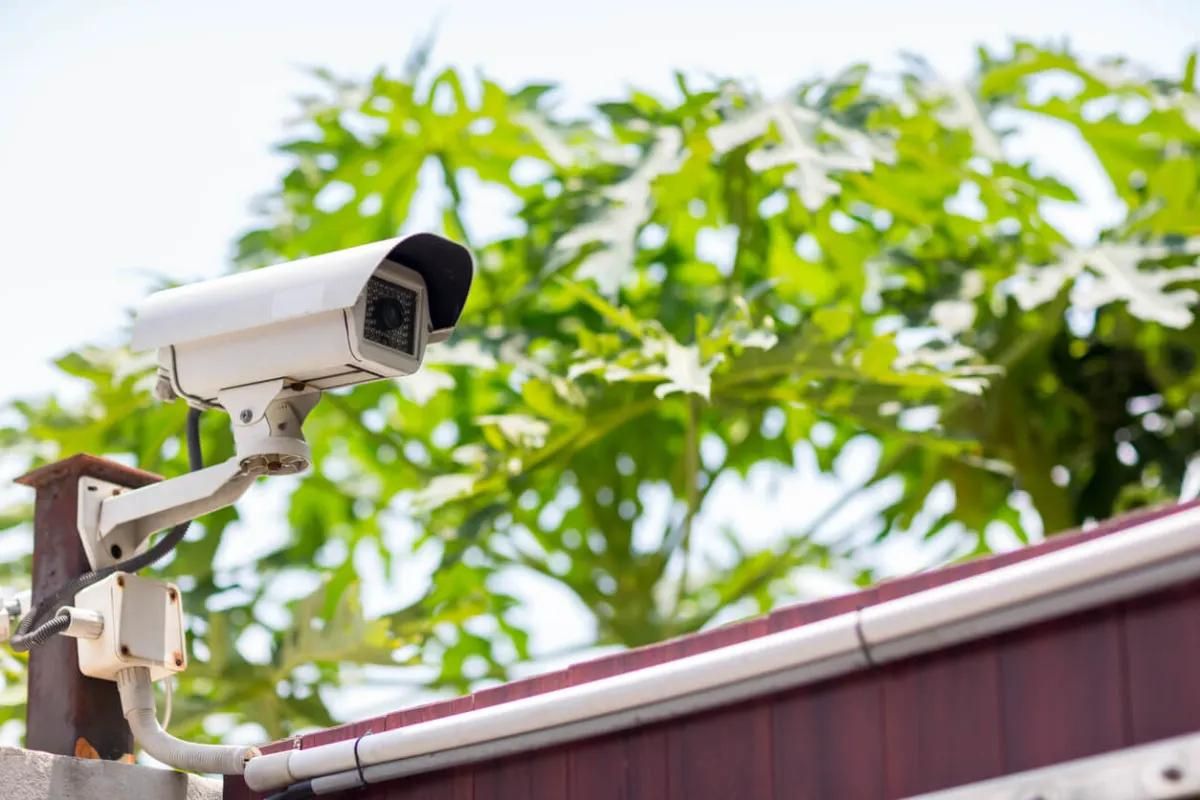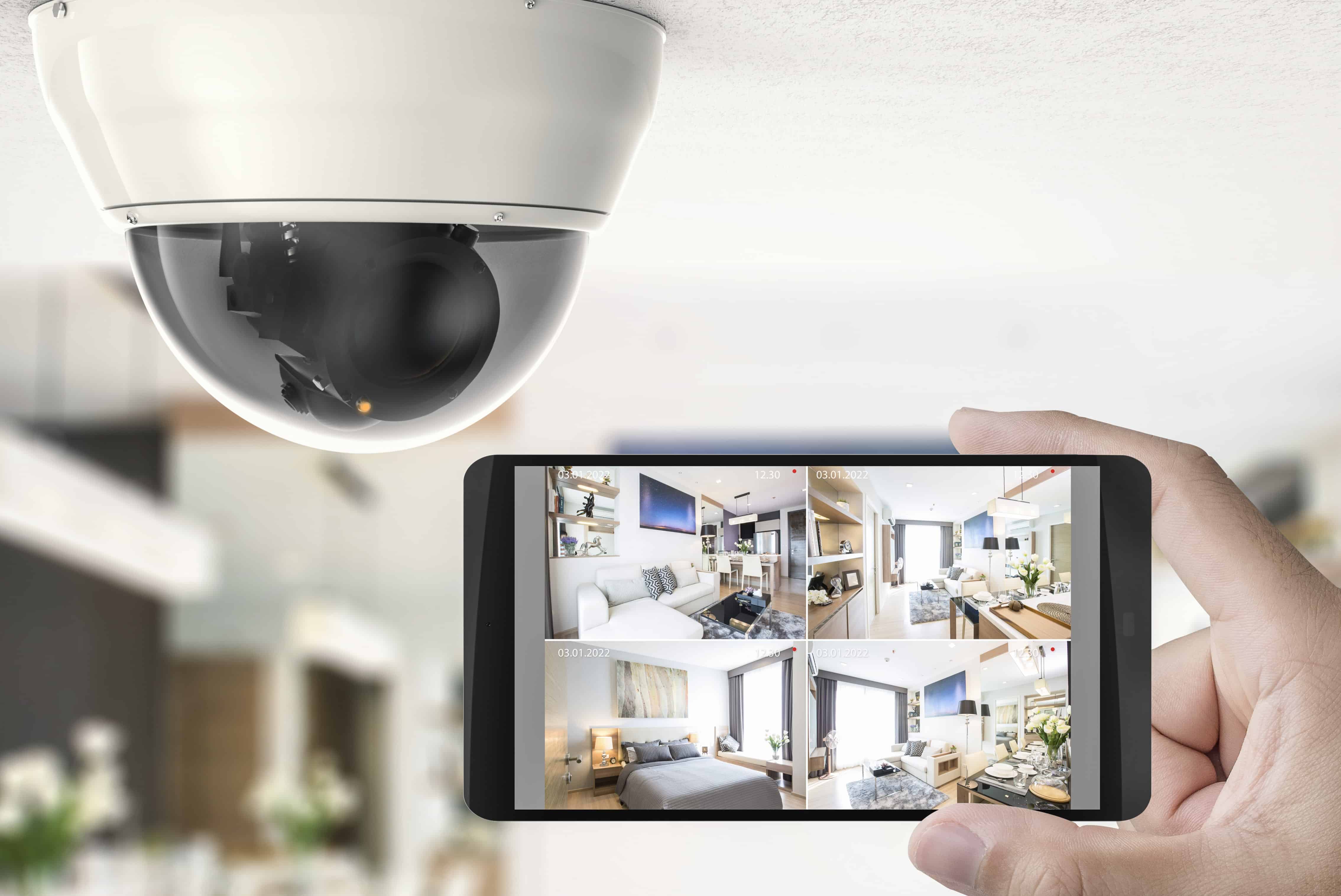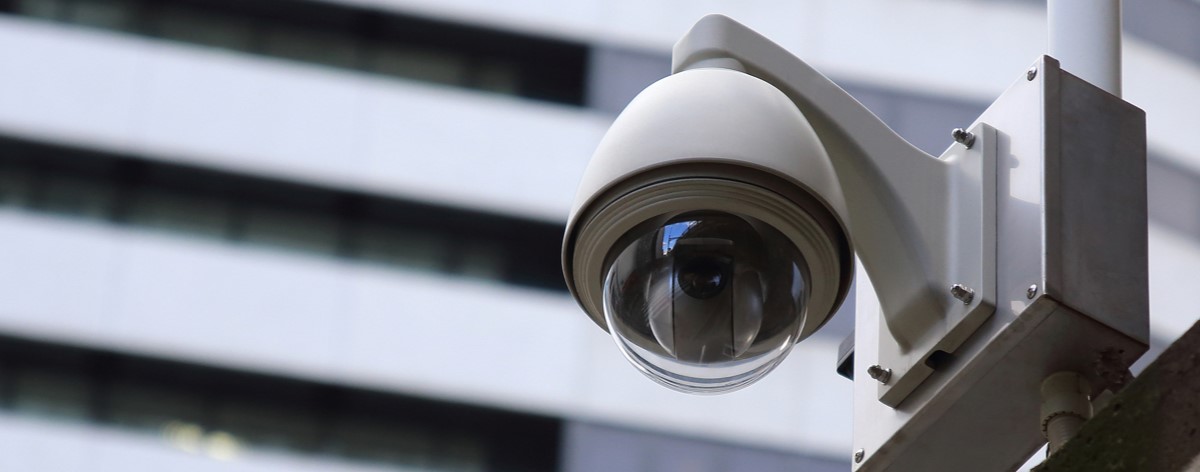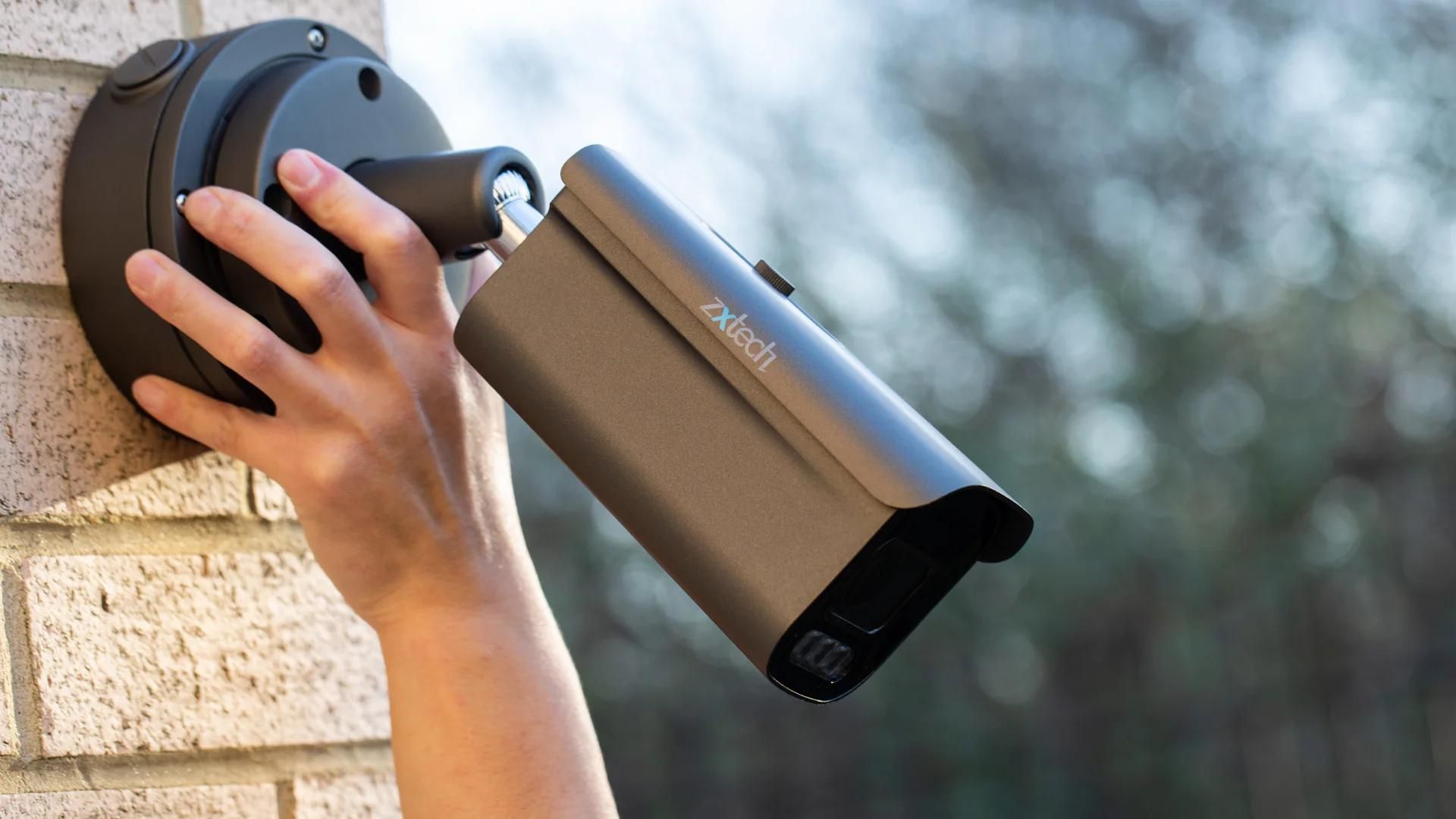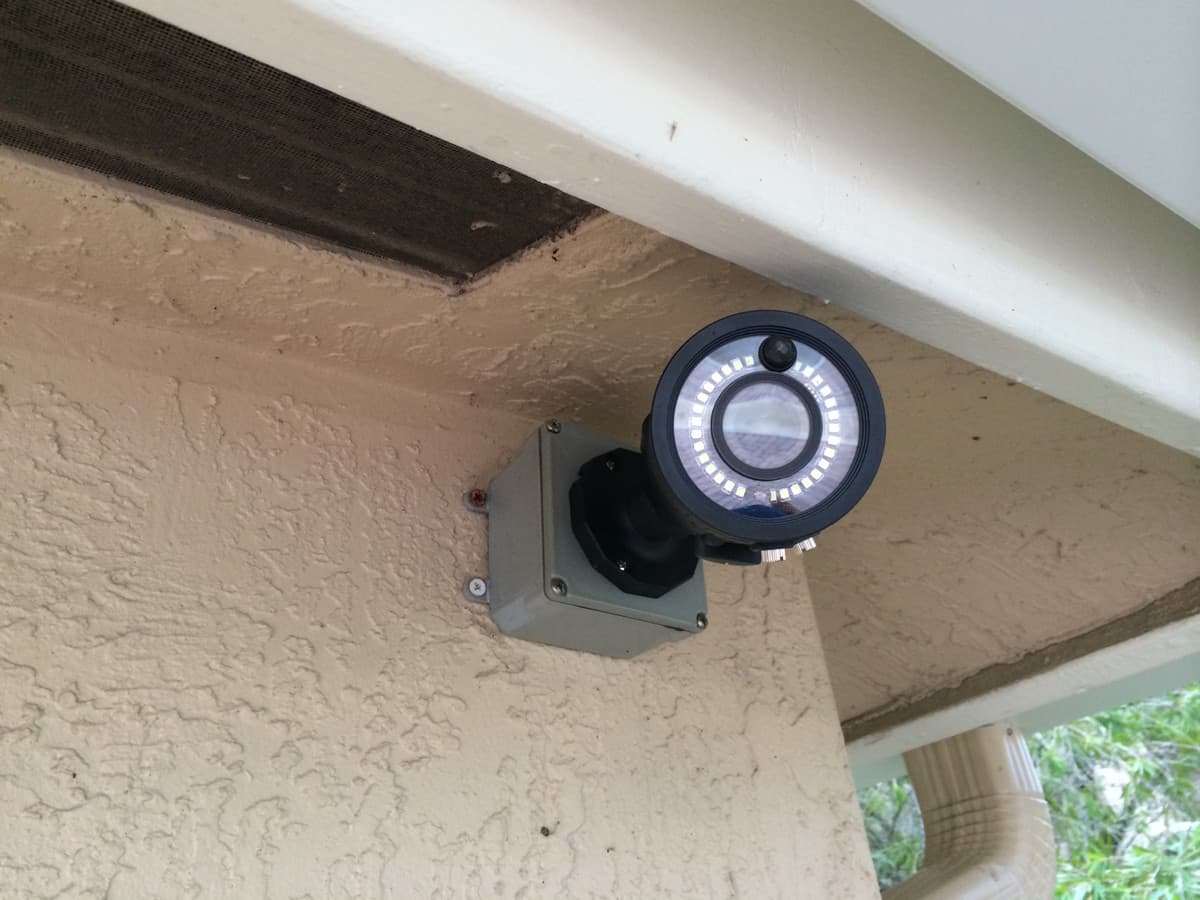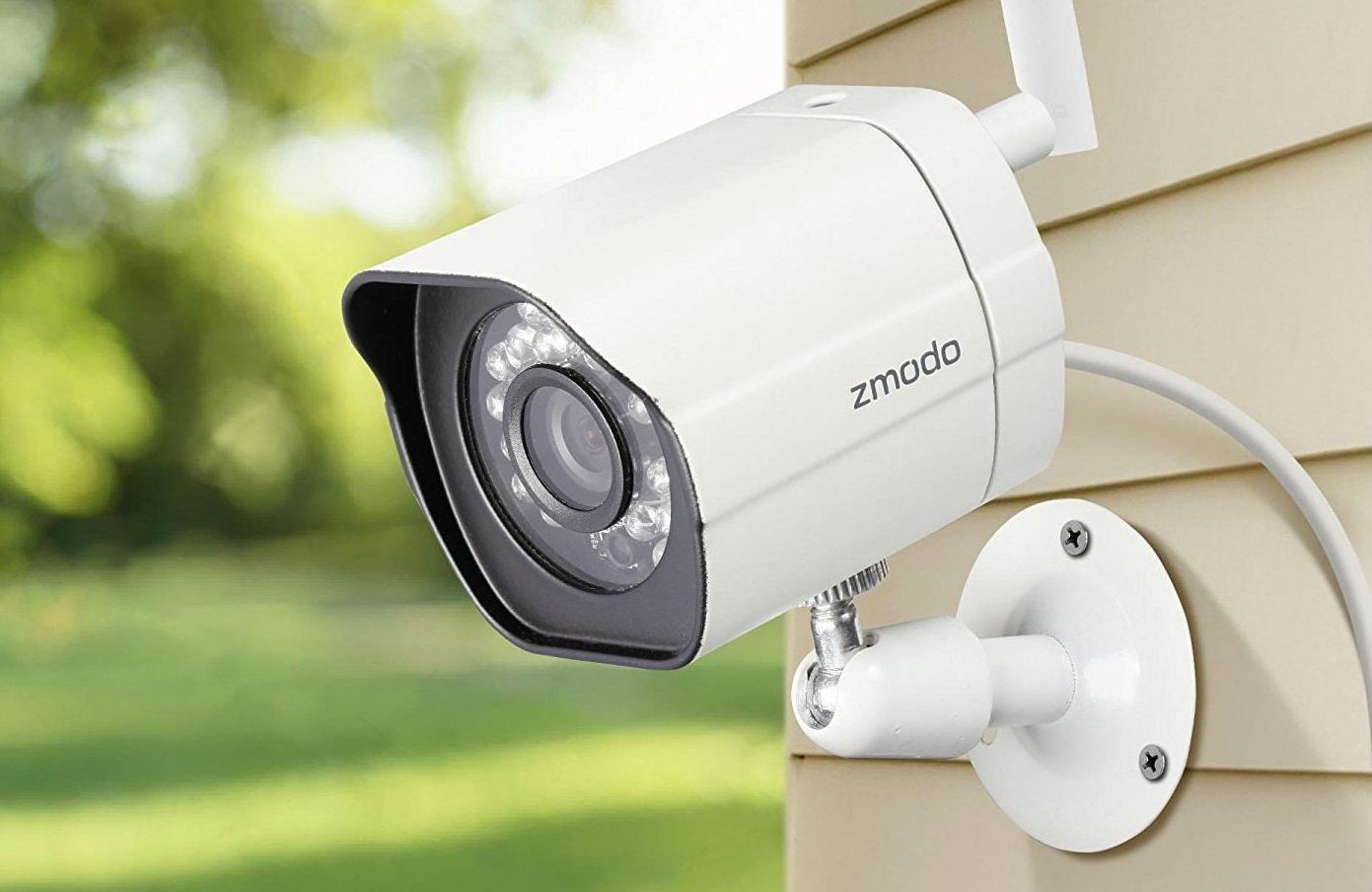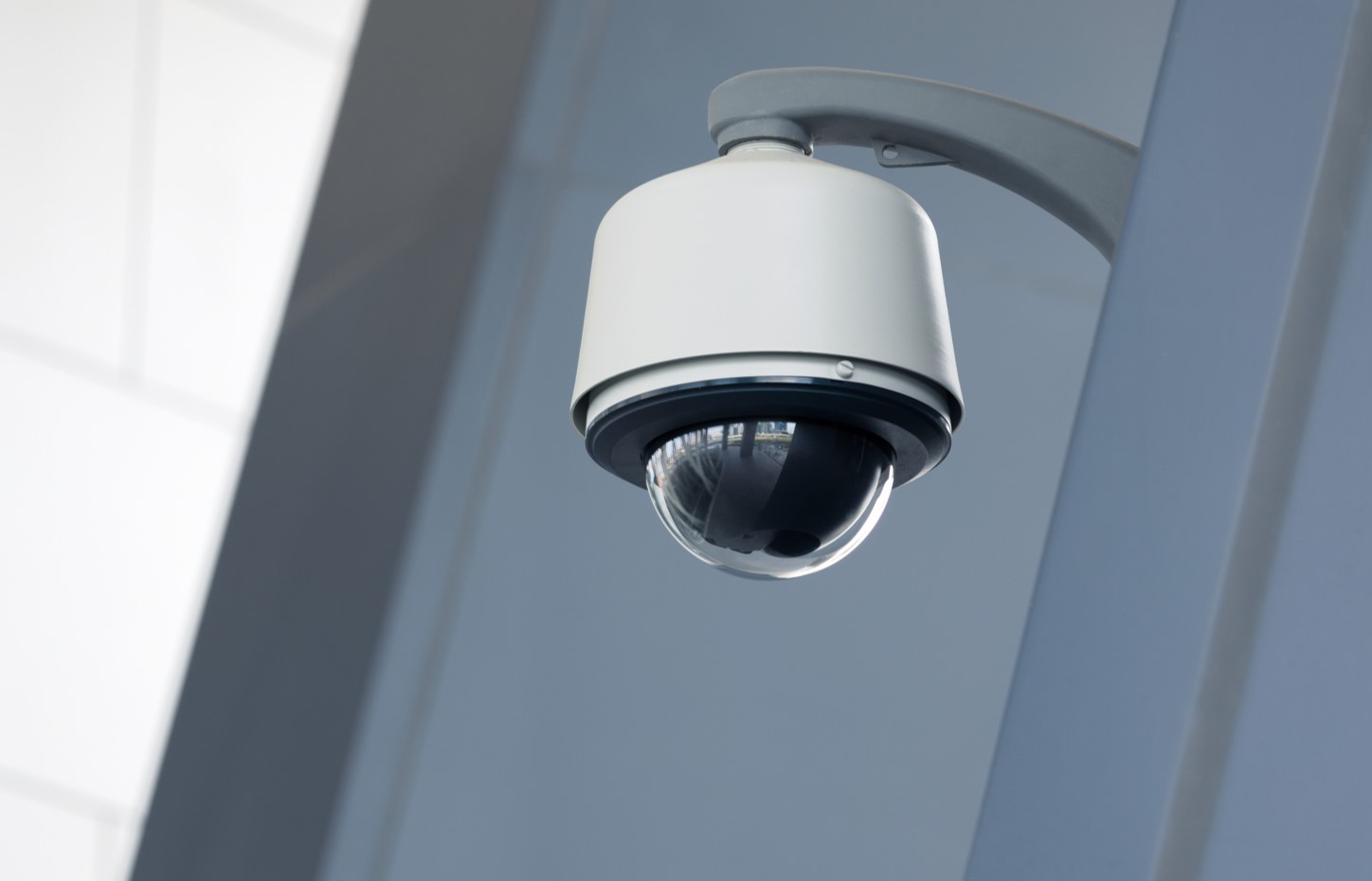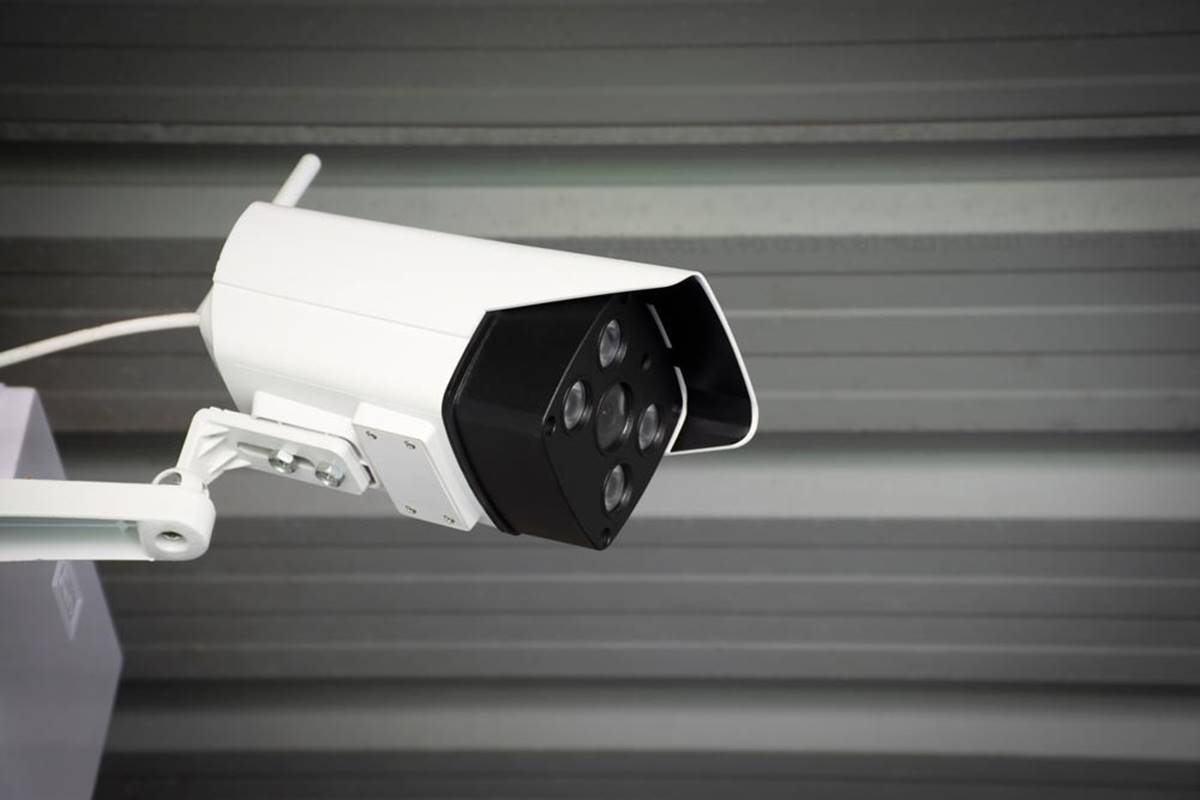Home>Home Security and Surveillance>What Are Channels On Security Cameras
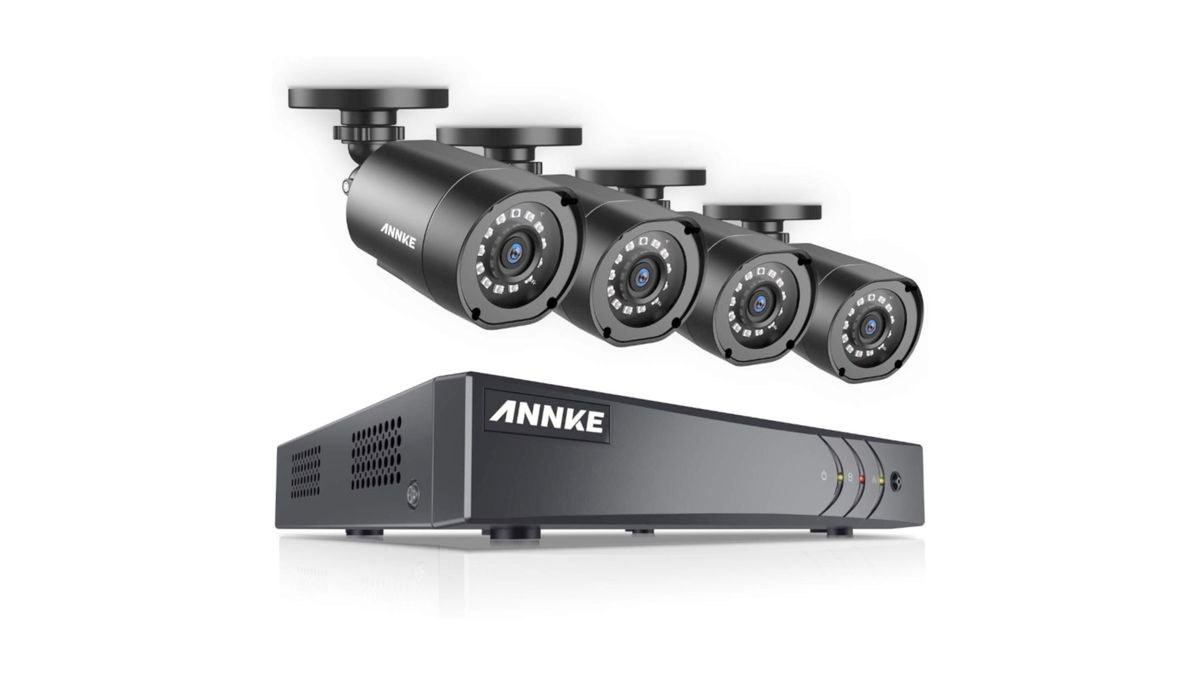

Home Security and Surveillance
What Are Channels On Security Cameras
Modified: March 6, 2024
Learn about channels on security cameras for home security and surveillance. Discover how these channels help enhance your monitoring capabilities and protect your property.
(Many of the links in this article redirect to a specific reviewed product. Your purchase of these products through affiliate links helps to generate commission for Storables.com, at no extra cost. Learn more)
Introduction
Welcome to the world of home security and surveillance systems – an essential aspect of ensuring the safety and protection of your property and loved ones. With advancements in technology, modern security camera systems have become more accessible and affordable than ever before. These systems provide a sense of peace and security by allowing you to monitor your property remotely and deter potential intruders.
One crucial element of security camera systems that often causes confusion is the concept of channels. So, what exactly are channels in security cameras, and why are they important? In this article, we will delve into the significance of channels in security camera systems and explore different types of channels available.
A channel in a security camera system refers to an individual input or connection for a camera. Think of it as a digital highway that allows video signals from each camera to be transmitted to the recording or monitoring device. Each channel represents a separate stream of video footage that can be accessed and viewed independently.
The importance of channels in security camera systems lies in their ability to provide flexibility and scalability. By having multiple channels in a system, you can easily expand your surveillance coverage by adding additional cameras without the need for an entirely new set-up. This flexibility is particularly valuable for homeowners who may want to start with a basic system and gradually expand it as their security needs evolve.
There are two main types of security camera systems based on the number of channels they support: single channel systems and multiple channel systems. A single channel system is designed to support only one camera, while a multiple channel system can accommodate two or more cameras.
Key Takeaways:
- Channels in security cameras are like digital highways that allow video signals from each camera to be transmitted to a recording or monitoring device. They provide flexibility and scalability for expanding surveillance coverage without needing a completely new setup.
- When choosing the number of channels for a security camera system, factors like property size, monitoring objectives, budget, and future expansion need to be considered. Understanding these factors helps in selecting the optimal number of channels for effective surveillance.
Read more: What Are Security Cameras
Understanding Security Camera Channels
When setting up a security camera system, it’s essential to have a clear understanding of what channels are and how they impact your surveillance capabilities. In this section, we will dive deeper into the concept of security camera channels and their role in the overall system.
A channel in a security camera system refers to the number of individual camera inputs or connections that a recording or monitoring device can support. Each channel represents a unique stream of video footage that can be accessed and viewed independently. For example, if you have a 4-channel system, it means you can connect and monitor up to four individual cameras simultaneously.
Channels play a crucial role in determining the flexibility and scalability of your security camera system. By having multiple channels available, you can easily expand your surveillance coverage by adding more cameras as needed. Whether you want to monitor different areas of your property or enhance your current camera coverage, having extra channels allows you to adapt to changing security needs without overhauling your entire system.
It’s important to note that the number of channels a system supports is predetermined and cannot be easily increased or decreased after the initial installation. Therefore, it’s crucial to carefully consider your current and future surveillance requirements before selecting a system with the appropriate number of channels.
When choosing the number of channels for your security camera system, several factors should be taken into consideration:
- Property Size: Assess the size and layout of your property to determine the number of cameras needed for comprehensive coverage. Each channel will accommodate one camera, so plan accordingly to monitor all the desired areas effectively.
- Monitoring Objectives: Consider your specific monitoring objectives, whether it’s securing entry points, monitoring specific rooms, or covering outdoor spaces. This will help you determine how many cameras you will need and how they should be distributed across channels.
- Budget: Keep in mind that the more channels you need, the higher the cost of the system. Set a budget that aligns with your security needs and prioritize the areas that require the most monitoring.
- Future Expansion: If you anticipate the need for additional cameras in the future, it’s wise to choose a system with extra channels to accommodate growth without the need for a complete overhaul.
By carefully considering these factors, you can select a security camera system that provides an optimal number of channels to meet your specific needs. Whether you require a small system for basic home monitoring or a larger system for comprehensive property surveillance, understanding security camera channels will help you make informed decisions and ensure the effectiveness of your security measures.
What is a Channel in a Security Camera System?
In the realm of security camera systems, a channel refers to an individual input or connection that allows a camera to transmit its video feed to a recording or monitoring device. Each channel represents a separate stream of video footage that can be accessed and viewed independently.
Channels play a vital role in the functionality of a security camera system. They enable the system to handle multiple cameras simultaneously, allowing users to monitor different areas of their property or premises from a single centralized location.
When a camera is connected to a channel, it establishes a direct link between the camera and the recording or monitoring device. This link enables the transmission of video signals, which can be accessed in real time or recorded for future playback.
The number of channels available in a security camera system varies, ranging from single-channel systems to multi-channel systems that support numerous cameras. A single-channel system is designed to accommodate only one camera, making it suitable for situations where monitoring a specific area is sufficient. On the other hand, multi-channel systems offer the flexibility to connect and monitor multiple cameras simultaneously, providing comprehensive coverage for larger spaces or properties.
Each channel in a security camera system is assigned a specific designation that allows users to identify and differentiate between the individual cameras. For example, if you have a four-channel system, the cameras connected to each channel may be labeled as Channel 1, Channel 2, Channel 3, and Channel 4. This labeling system helps users keep track of each camera’s location and facilitates easy access to the desired video feed.
Having multiple channels in a security camera system provides several benefits. It enables users to monitor different areas at the same time, enhancing situational awareness and allowing for quick response in the event of suspicious activities. Moreover, the availability of multiple channels offers the flexibility to expand your surveillance coverage as needed by adding more cameras to the system.
It’s important to note that each channel requires a separate connection to the recording or monitoring device, usually through cables or network connections. Therefore, when setting up a security camera system, it’s essential to ensure that the selected device supports the required number of channels and has adequate inputs to accommodate all the desired cameras.
By understanding the concept of channels in a security camera system, you can make informed decisions when selecting a system that meets your specific surveillance needs. Whether you opt for a single-channel system for basic monitoring or a multi-channel system for extensive coverage, grasping the role and significance of channels will help you build an efficient and effective security camera setup.
Importance of Channels in Security Cameras
The importance of channels in security cameras cannot be understated. They play a crucial role in the functionality and scalability of a security camera system, providing several key benefits that enhance the effectiveness and flexibility of surveillance. In this section, we will explore the importance of channels in security cameras and how they impact the overall system.
1. Enhanced Coverage: Channels allow multiple cameras to be connected and monitored simultaneously. This means you can cover different areas of your property or premises, providing comprehensive surveillance coverage. Whether it’s monitoring entry points, watching over specific rooms, or keeping an eye on outdoor spaces, having multiple channels allows you to tailor the placement of cameras to meet your specific security needs.
2. Simultaneous Monitoring: With multiple channels, you can view the live feed from each camera simultaneously. This is especially valuable in situations where real-time monitoring is crucial, such as monitoring high-risk areas or ensuring the safety of your property during an event or gathering. Simultaneous monitoring enables you to keep a close watch on multiple areas at once, enhancing situational awareness and response capabilities.
3. Flexibility and Scalability: Channels provide the flexibility to expand your security camera system as needed. Whether you want to add more cameras to increase coverage or upgrade existing cameras with newer models, having extra channels allows for seamless integration. This scalability ensures that your surveillance system can adapt to changing security requirements without the need for a complete overhaul.
4. Customization and Viewing Options: Each channel in a security camera system represents an individual camera feed, which can be conveniently accessed and viewed independently. This customization option allows users to easily switch between cameras, view specific areas of interest, or focus on critical spots when needed. Having the ability to select and view individual camera feeds empowers users to effectively monitor and investigate any security incidents or suspicious activities.
5. Efficient Storage and Recording: Channels play a role in optimizing storage and recording capabilities. By assigning each camera to a specific channel, it becomes easier to manage and organize recorded video footage. This can be especially beneficial when reviewing past events or incidents, as you can quickly locate and retrieve specific camera recordings instead of sifting through a mass of unorganized footage.
6. Enhanced Security Measures: The presence of multiple cameras in a security camera system acts as a deterrent against potential threats. By utilizing different channels, you can capture and monitor various angles and perspectives, maximizing the chances of capturing crucial evidence if an incident occurs. The increased surveillance coverage offered by channels enhances the overall security measures in place, making your property less vulnerable to intrusions or criminal activities.
Understanding the importance of channels in security cameras helps you make informed decisions when selecting a system that aligns with your specific surveillance needs. Whether you opt for a single-channel system for basic monitoring or a multi-channel system for comprehensive coverage, the flexibility, scalability, and customization options provided by channels are essential in achieving an effective and robust security camera setup.
How Channels Affect Camera System Flexibility
Channels play a vital role in determining the flexibility and versatility of a security camera system. The number of channels available in a system directly impacts its capability to accommodate and manage multiple cameras. In this section, we will explore how channels affect the flexibility of a camera system and why it is crucial for adapting to evolving security needs.
1. Expansion and Scalability: Channels allow for easy expansion of your camera system. If you have additional areas or zones that need monitoring, having extra channels enables you to seamlessly integrate more cameras into the system. This scalability allows you to adapt and grow your security coverage as your needs change, without the need for significant system overhauls or replacements.
2. Custom Coverage: Multiple channels allow you to customize and tailor your surveillance coverage. Each channel can be assigned to a specific camera, enabling you to monitor different areas simultaneously. This customization option ensures that you have the flexibility to focus on crucial spots, such as entrances, high-traffic areas, or vulnerable points, based on your specific security requirements.
3. Diverse Camera Types: Channels enable the integration of cameras with different specifications and functionalities. For example, you may choose to combine fixed cameras for consistent monitoring and PTZ (Pan-Tilt-Zoom) cameras for flexible coverage. By utilizing different camera types across various channels, you can optimize your surveillance capabilities according to the specific needs of each area or zone.
4. Multiple Display Options: Channels provide the ability to view multiple camera feeds simultaneously or toggle between them as needed. This flexibility allows users to monitor various areas or incidents in real-time, enhancing situational awareness and response capabilities. Whether you prefer a split-screen view or a dedicated full-screen view for each camera, the availability of multiple channels enables you to choose the display options that suit your monitoring preferences.
5. Different Resolution and Frame Rate: Channels allow for the integration of cameras with different resolution capabilities. This means you can have cameras with varying levels of image quality, from standard definition to high-definition, depending on the requirements of each area. Additionally, channels also enable individual adjustment of frame rates, allowing you to optimize video recording and bandwidth allocation based on the importance and activity levels of different camera locations.
6. Simultaneous Recording and Playback: Channels facilitate simultaneous recording and playback of multiple camera feeds. This means that even with a multi-camera setup, you can easily access and review recordings from different cameras concurrently, streamlining the investigation process and minimizing downtime.
By understanding how channels affect camera system flexibility, you can strategically plan and deploy your surveillance setup to meet your unique security needs. Whether you have a single-channel system or a multi-channel system, the ability to expand, customize, and adapt your camera system ensures that you can effectively monitor your property, respond to incidents, and maintain a robust security posture in an ever-changing environment.
Read more: What Is Security Camera
Different Types of Channels in Security Cameras
Security cameras come in various types, each offering different features and capabilities to meet diverse surveillance needs. When it comes to channels, there are primarily two types that you will encounter: single channel systems and multiple channel systems. In this section, we will explore each type and their respective characteristics.
Single Channel Systems
A single channel system, as the name suggests, supports only one camera. This type of system is often used when monitoring a specific area or when a single camera is sufficient to meet the security requirements. Single channel systems are commonly found in homes and small businesses where limited surveillance coverage is needed, such as monitoring a front door or a small office space.
Due to their simplicity, single channel systems are generally easy to install and set up. They are also more cost-effective compared to multi-channel systems since you only need to invest in a single camera and a compatible recording or monitoring device. Additionally, single channel systems are relatively straightforward to operate, as they don’t require complex configuration or management of multiple camera feeds.
Multiple Channel Systems
A multiple channel system, also known as a multi-channel system, is designed to support two or more cameras. These systems offer more comprehensive surveillance coverage and can accommodate the monitoring needs of larger properties or premises.
The number of channels in a multi-channel system can vary, ranging from four channels to sixteen channels or even more, depending on the system’s specifications. Each channel can be connected to a separate camera, with the ability to monitor all the camera feeds simultaneously or toggle between them as needed.
Multi-channel systems provide greater flexibility and scalability compared to single channel systems. They allow for easy expansion by adding more cameras to the system as the security requirements evolve. This scalability is beneficial for properties with multiple entry points, expansive outdoor areas, or a need for comprehensive surveillance coverage.
In addition to increased coverage, multi-channel systems often offer advanced features and capabilities. These may include motion detection, remote viewing, scheduled recording, and integration with other security devices. The ability to customize monitoring and recording settings per channel adds further versatility and efficiency to the system.
It’s important to note that multi-channel systems may require more technical expertise to set up and manage, as they involve a greater number of components and camera feeds. However, the additional investment in terms of equipment and configuration is often justified by the enhanced surveillance capabilities and scalability provided by multi-channel systems.
Choosing the Appropriate System
When considering the number of channels in a security camera system, it’s crucial to assess your specific surveillance needs and the size of the property to be monitored. Determine the number of areas or zones that require coverage and whether a single camera or multiple cameras will be necessary.
For small-scale monitoring requirements, such as monitoring a single entry point or a specific room, a single channel system may be sufficient. On the other hand, if you require comprehensive surveillance coverage with the ability to monitor multiple areas simultaneously, a multi-channel system with the appropriate number of channels is recommended.
By carefully evaluating your needs and understanding the different types of channels available, you can select the appropriate security camera system that best suits your surveillance requirements.
Read more: What Is CCTV Security Cameras
Single Channel Systems
Single channel systems are a type of security camera system that supports only one camera. These systems are commonly used in situations where monitoring a specific area or capturing footage from a single camera is sufficient to meet security needs. While they may be more limited in terms of coverage, single channel systems are well-suited for smaller spaces and applications where a single camera can adequately capture important events or activities.
One of the key advantages of single channel systems is their simplicity and ease of use. With only one camera to install and manage, the setup process is usually straightforward and doesn’t require extensive technical knowledge. This makes single channel systems popular among homeowners and small business owners who prefer a plug-and-play solution for basic surveillance requirements.
In terms of cost, single channel systems tend to be more budget-friendly compared to their multi-channel counterparts. Since only one camera is needed, the initial investment is lower. In addition, they typically require a less complicated recording or monitoring device, which can result in overall cost savings.
Single channel systems are commonly used for specific surveillance needs, such as monitoring the front door, an entrance gate, or a small room. They can also be employed for personal use, such as baby monitoring or keeping an eye on pets. By focusing on a single area, these systems can provide detailed coverage and capture important events, giving users peace of mind.
While single channel systems have their advantages, it’s important to consider their limitations. These systems may not be suitable for larger properties or locations that require comprehensive surveillance coverage across multiple areas. As they support only one camera, it’s important to carefully evaluate the specific needs and objectives of your security setup before opting for a single channel system.
However, it’s worth mentioning that even with a single channel system, there are options to enhance functionality. For example, some single channel systems may support additional features like motion detection, remote access, or the ability to connect to external devices for expanded functionality.
In summary, single channel systems are ideal for situations where monitoring a specific area or capturing footage from a single camera is sufficient. They offer simplicity, cost-effectiveness, and ease of use, making them a popular choice for basic surveillance needs in small-scale environments. By considering the specific requirements and limitations of your security setup, you can determine whether a single channel system suits your needs or if a multi-channel system would be a better fit.
When choosing a security camera system, consider the number of channels. Each channel allows you to connect a camera, so make sure to choose a system with enough channels for all the areas you want to monitor.
Multiple Channel Systems
Multiple channel systems, also known as multi-channel systems, are security camera setups designed to support the simultaneous monitoring of two or more cameras. These systems provide greater flexibility and coverage compared to single channel systems, making them an ideal choice for larger properties or areas that require comprehensive surveillance.
One of the primary advantages of multiple channel systems is their ability to accommodate multiple cameras. Each camera is connected to a separate channel, allowing for simultaneous monitoring and independent access to each camera’s video feed. This feature enables users to monitor different areas or zones in real-time, enhancing situational awareness and allowing for faster response in the event of an incident.
Multi-channel systems are highly scalable, offering the option to add more cameras as needed. This scalability makes them suitable for properties that require expanding surveillance coverage over time. Whether it’s monitoring additional entry points, covering larger outdoor areas, or adding cameras to focus on specific high-priority locations, multi-channel systems provide the flexibility to adapt to changing security requirements without the need for a complete overhaul.
In addition to expanded coverage, multiple channel systems often come with advanced features and capabilities. These may include motion detection, scheduled recording, remote access, and integration with other security devices. The ability to tailor settings and configurations per channel allows for optimized surveillance based on specific areas or zones, enhancing the overall effectiveness of the system.
While multi-channel systems offer increased functionality, they may require more technical expertise during installation and management. With multiple cameras and video feeds to handle, there is a larger infrastructure of cabling, storage, and network requirements. However, the benefits of increased coverage and flexibility outweigh the additional complexity, making multi-channel systems an excellent choice for more comprehensive surveillance needs.
Multi-channel systems are commonly found in applications such as commercial establishments, offices, warehouses, educational institutions, and large residential properties. By utilizing multiple cameras across different channels, these systems provide a holistic view of the premises and enable proactive monitoring and incident response.
It’s important to carefully plan and consider various factors when setting up a multi-channel system. These include the layout and size of the area to be monitored, the specific surveillance objectives, the types of cameras to be utilized, storage requirements, and the available budget. By evaluating these factors and understanding the capabilities and limitations of multi-channel systems, you can design and deploy a robust surveillance setup that meets your specific needs.
In summary, multiple channel systems are designed to support the simultaneous monitoring of multiple cameras, offering expanded coverage and flexibility for larger properties or areas that require comprehensive surveillance. These systems provide advanced features, scalability, and customizability, making them the ideal choice for businesses and properties that prioritize security and require extensive monitoring capabilities.
Factors to Consider When Choosing the Number of Channels
When selecting a security camera system, it’s crucial to consider the number of channels that will best meet your surveillance needs. The number of channels determines how many cameras can be connected to the system and simultaneously monitored. Choosing the appropriate number of channels requires careful assessment of various factors that impact your specific security requirements. Here are some key factors to consider:
1. Property Size and Layout: Evaluate the size and layout of your property to determine the coverage area. Consider the number of indoor and outdoor areas that require monitoring, including entry points, high-traffic areas, or vulnerable spots. Each area may require its own camera, which will affect the number of channels needed.
2. Security Objectives: Define your specific security objectives. Think about what you want to achieve with your surveillance system. Are you primarily concerned with monitoring potential break-ins? Do you want to focus on specific areas of your property? Understanding your objectives will help determine the number of cameras and channels required to meet your security goals.
3. Camera Placement: Consider where you want to position your cameras for optimal coverage. Are there specific areas or angles that require monitoring? Each camera should be connected to a separate channel, so analyzing the placement requirements will guide you in determining the appropriate number of channels.
4. Budget: Establish a budget for your security camera system. The cost may vary depending on the number of channels and cameras needed. Keep in mind that investing in a higher number of channels allows for future expansion. Balancing your security needs with your budget is essential to ensure a cost-effective solution without compromising on coverage.
5. Future Expansion: Consider your future needs for expansion and scalability. If you anticipate a need for additional cameras in the future, it’s prudent to choose a system with extra channels. This allows for easy integration of additional cameras without the expense and hassle of replacing the entire system.
6. Integration with Existing Infrastructure: Assess your existing infrastructure and determine how the security camera system will integrate with it. Consider factors such as available ports, network bandwidth, and storage capacity. Ensure that the chosen system supports the required number of channels without overloading your existing infrastructure.
7. Monitoring and Recording Requirements: Determine if you need to continuously monitor and record footage from all cameras or if specific cameras require higher priority monitoring. This will impact the number of channels needed and the allocation of resources for monitoring and recording.
8. Compliance and Legal Considerations: Familiarize yourself with any legal or compliance requirements related to security camera usage in your area. Some regions have regulations regarding where cameras can be placed and how video footage can be used. Ensure that your planned system and number of channels adhere to these regulations.
By carefully considering these factors, you can determine the appropriate number of channels for your security camera system. This ensures that your surveillance needs are effectively met while maintaining a cost-efficient solution that aligns with your budget and goals. Consulting with a security professional can also provide valuable insights and guidance in selecting the optimal number of channels for your specific requirements.
Conclusion
Security camera systems are essential for safeguarding your property, loved ones, and assets. Understanding the concept of channels in security cameras is crucial for making informed decisions when selecting a system that best meets your surveillance needs. Whether you opt for a single channel system or a multi-channel system, the number of channels directly impacts the flexibility, coverage, and scalability of your security setup.
Single channel systems are ideal for smaller spaces and situations where monitoring a specific area is sufficient. They offer simplicity, ease of use, and cost-effectiveness, making them popular among homeowners and small businesses with basic surveillance requirements.
On the other hand, multiple channel systems provide comprehensive surveillance coverage for larger properties or areas that require monitoring from multiple angles. These systems offer greater flexibility, scalability, and advanced features, allowing for simultaneous monitoring of multiple cameras and tailoring of surveillance settings per channel.
When selecting the number of channels for your security camera system, it’s important to consider factors such as property size, security objectives, budget, future expansion needs, existing infrastructure, and compliance requirements. Evaluating these factors will help you determine the optimal number of channels to ensure effective coverage while balancing cost-efficiency.
By understanding the significance of channels in security cameras and considering the relevant factors, you can design a robust surveillance system that provides the desired level of security and peace of mind. Whether you choose a single or multi-channel system, the ability to monitor, record, and respond to potential security threats is vital in today’s ever-changing environment.
Remember to consult with security professionals and research different options to ensure you select a system that aligns with your specific needs. By investing in the right number of channels, you can create a reliable and effective security camera system that provides comprehensive coverage and enhances your overall security measures.
Frequently Asked Questions about What Are Channels On Security Cameras
Was this page helpful?
At Storables.com, we guarantee accurate and reliable information. Our content, validated by Expert Board Contributors, is crafted following stringent Editorial Policies. We're committed to providing you with well-researched, expert-backed insights for all your informational needs.
